On my way back from Enugu the bus I was in met the usual traffic on Aba Road getting into Rivers State. Stuck at the bridge across the Imo River I watched labourers load white sand from canoes onto head pans. Each group creating little hills of white sand by the shore.
I was intrigued and wanted to know how they were getting the sand from the bottom of the river and if this was a profitable venture considering the number of dredgers at other rivers within Port Harcourt.
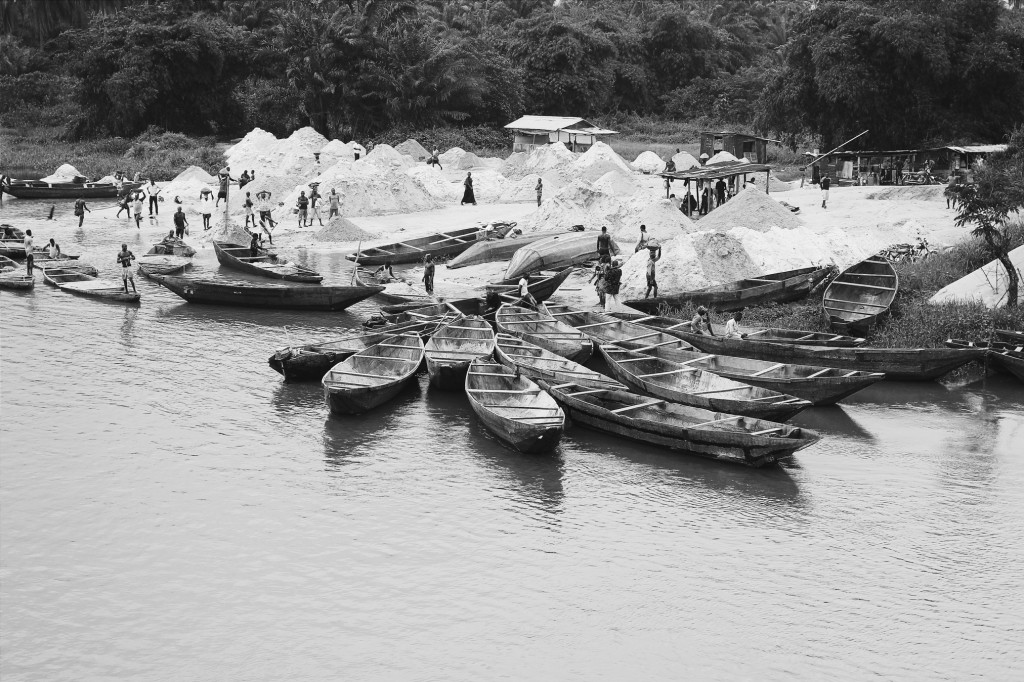
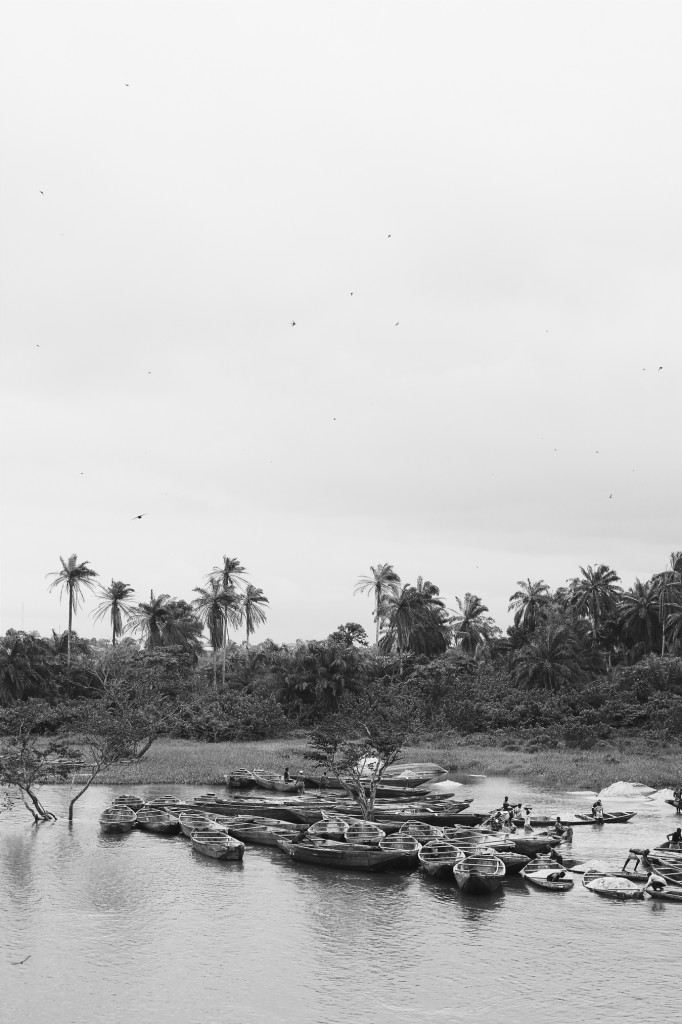
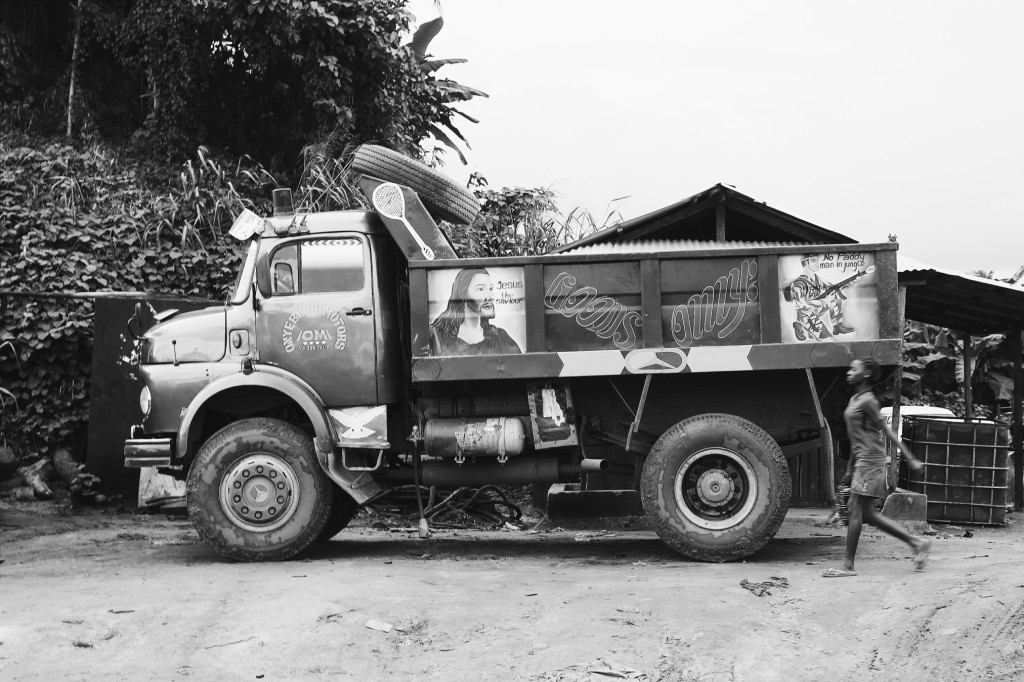
I got the telephone numbers of two lorry drivers in the sand trade who make a living moving sand from this location into PH. Sadly I was unable to get a suitable date to meet up with any of them there. In the end I decided to just wing it, show up there and pray things go according to plan. Even though my plan was basically to just show up.
The people that make up this community do not like people taking photos of them. I was told this when they realized I wasn’t there to buy sand. I was also told that several white people have even showed up in the past with police escorts and offered to pay cash but they still refused to have any pictures of themselves made. While I would have loved to have made some portraits and photos showing the divers dropping into the water with buckets to get sand, I actually admire and respect their decision not to have photos of themselves made. At least there won’t be any “slum dwelling”, “suffering and smiling” photos made here.
Most of the sand is dug up far from the bridge by divers dropping to the bottom of the river. The teams I noticed were made up of two individuals and two canoes but someone I spoke to said her team was made up of three canoes. I didn’t ask how many divers she had for the three canoes. As you might have noticed from the photos these canoes are kind of huge. They are not the type made by burning into tree trunks like I was taught in school (when you are from Rivers State you get taught this kind of stuff) instead they are made from separate planks of wood.
Diving for the sand usually involves planting a stake at the bottom of the river that protrudes out of the water. The canoe can be anchored to the stake. I noticed a diver hanging on to a stake with his legs while diving down with a bucket in waters I assume couldn’t have been very deep. The divers sink to the riverbed holding a bucket which has a leash attached to it. At the bottom he fills the bucket with sand and then signals for his partner to pull the bucket up. The partner pulls up the bucket and empties the sand into the canoe. The diver can surface easily using the stake.
The divers have to fill three canoes to get enough sand to fill one lorry. The diving is carried out without the use of oxygen masks or goggles. I’m not lazy but this looked like really hard work to me. I asked why they were still in business when dredgers are in rivers scattered all over the state. I was told that the dredgers can’t get the 3.8 sand that the divers get using buckets.
Diving for sand is not only hard but also dangerous. The tide rises way above normal levels in September and October and only experienced divers go out to work when it does. The divers set aside the last Saturday of the month for thanksgiving. This means no diving is allowed on thanksgiving Saturdays.
I’ll probably have to go back three or more times before I’ll be allowed to get better photos. In a society where most people just want to get rich quick it is something to see people doing honest work like this especially with the risks associated with it. Then again country hard and man must wack.
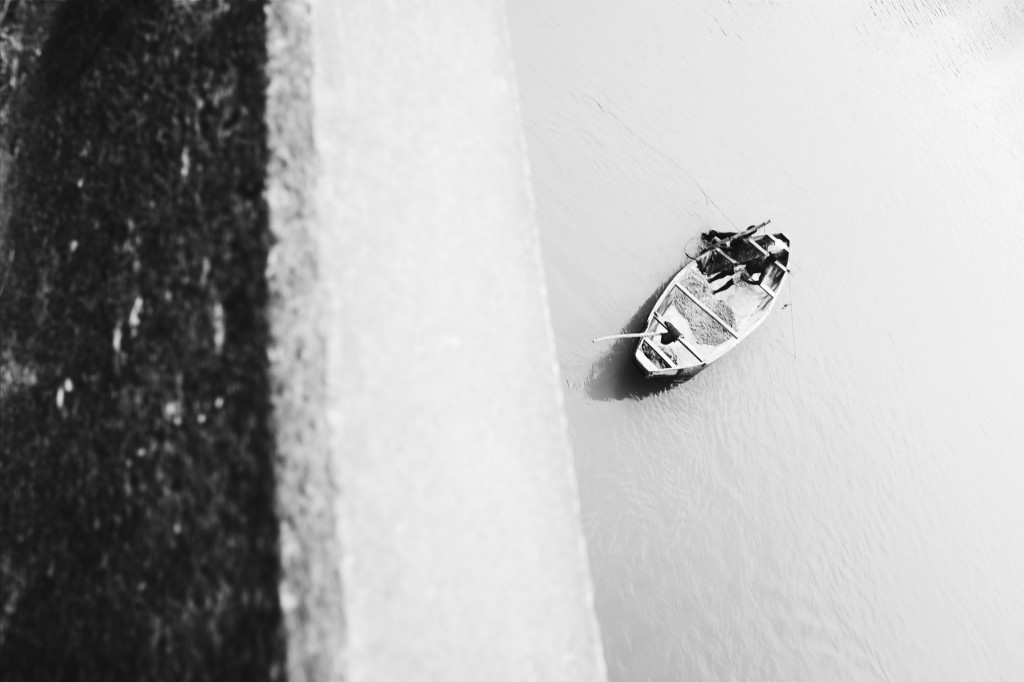

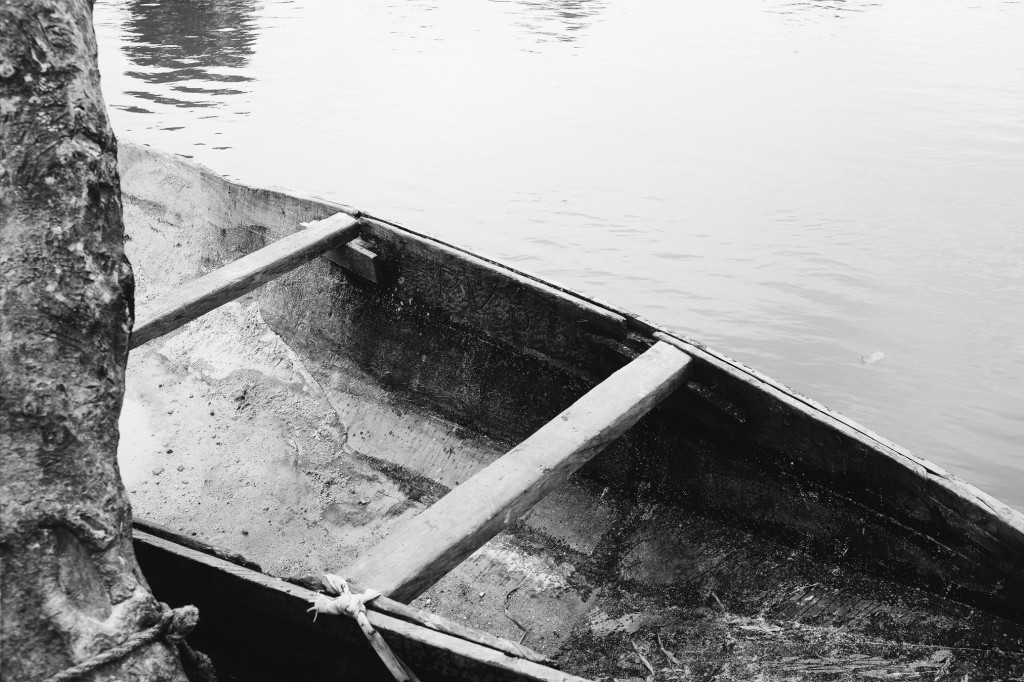


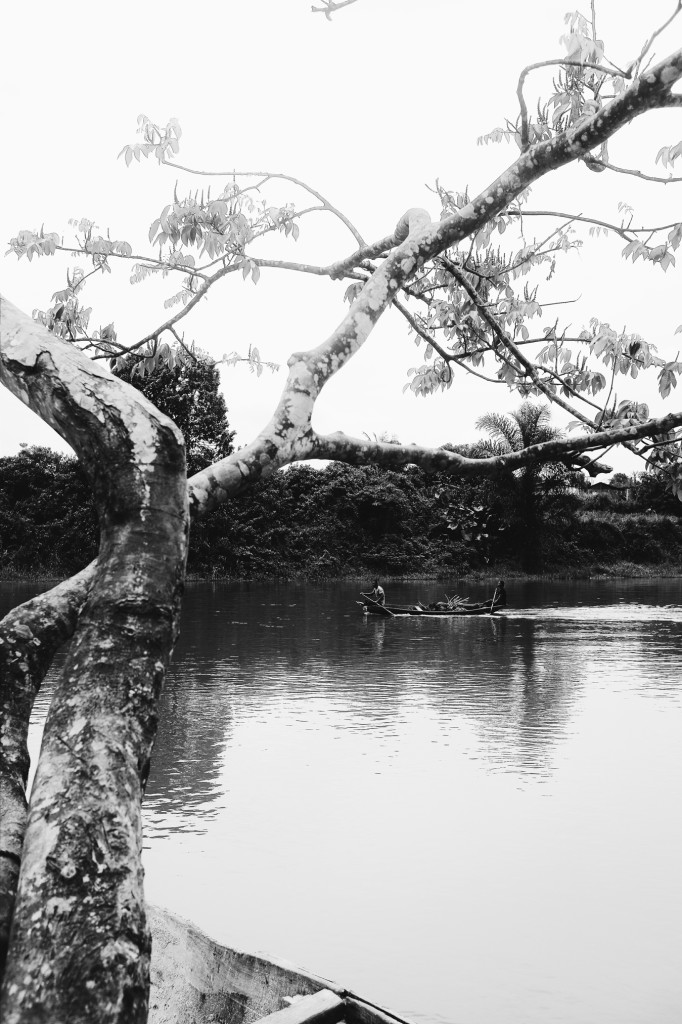
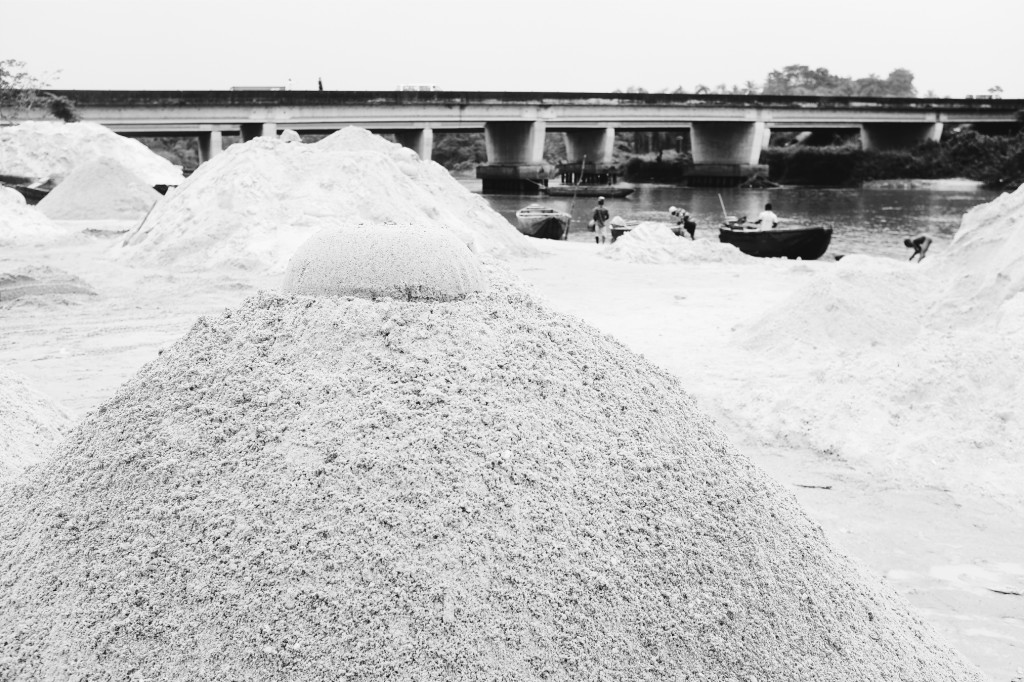


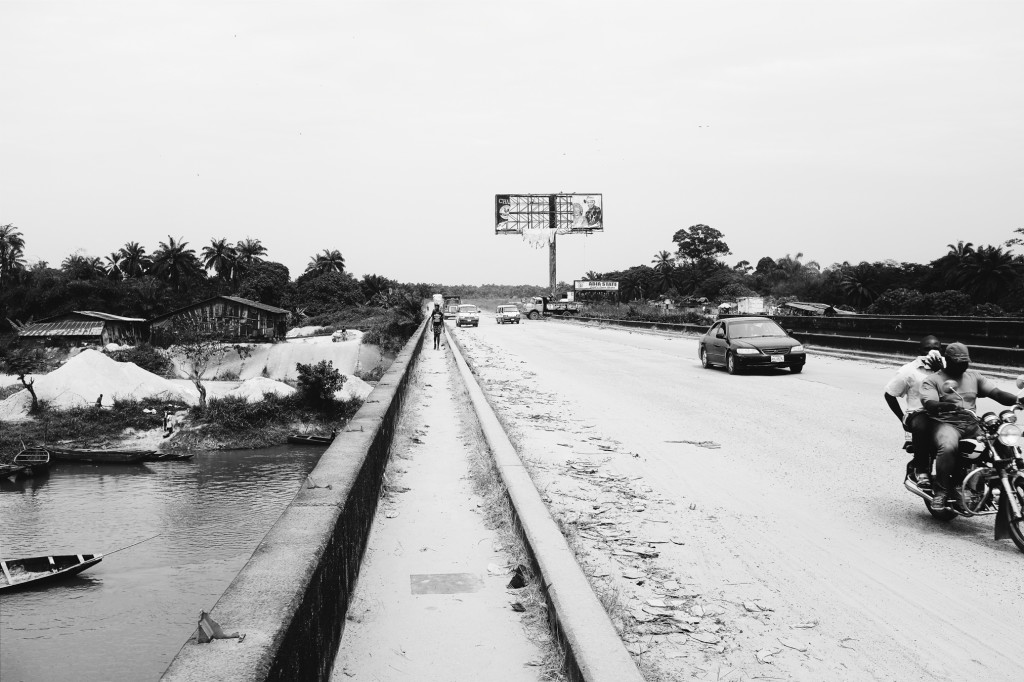


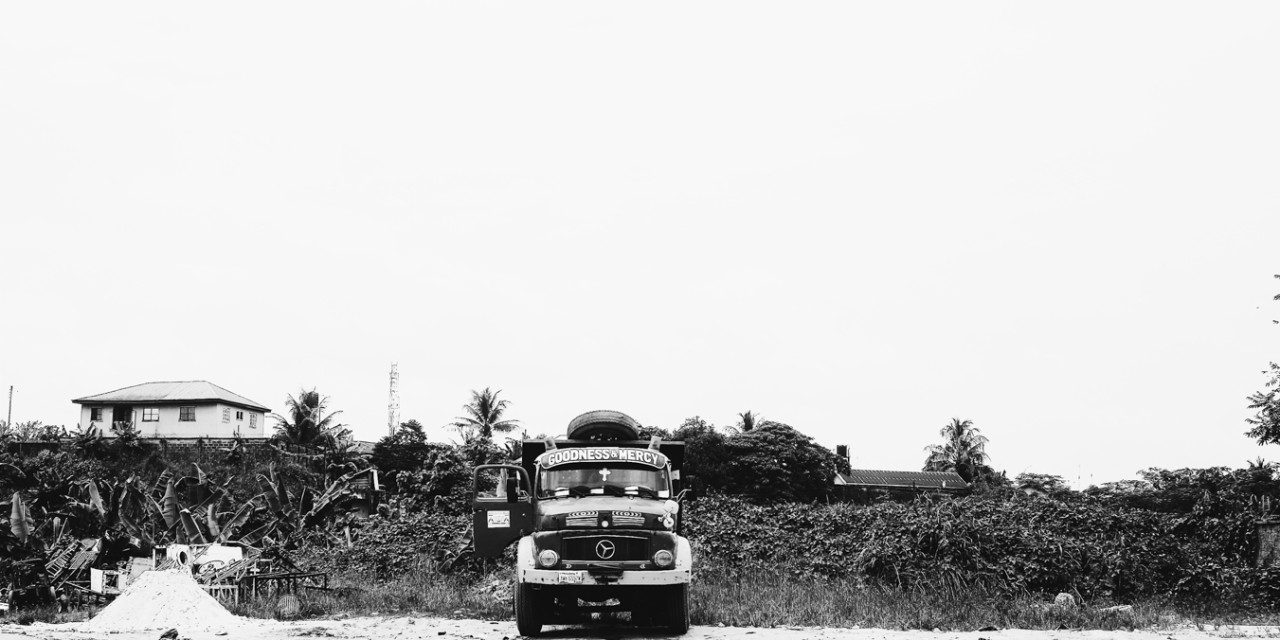
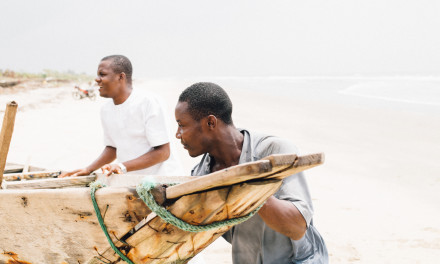
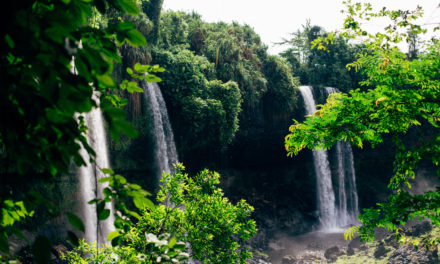

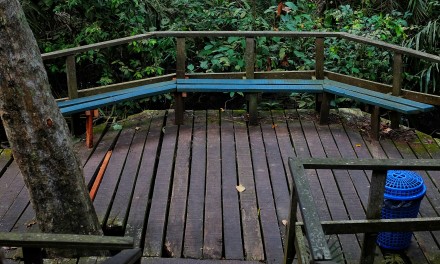






Contrary to your statement, the water is actually deep and in some places where the sand has been dredged regularly it’s depths are between 28 to 40 feet
I didn’t say it wasn’t deep. Most of the divers work up the river, far away from the bridge but a team I watched working close to the bridge did not appear to dive deep into the river to fill their bucket with sand. I could still see one of the diver’s legs before he resurfaced. I could be wrong though.